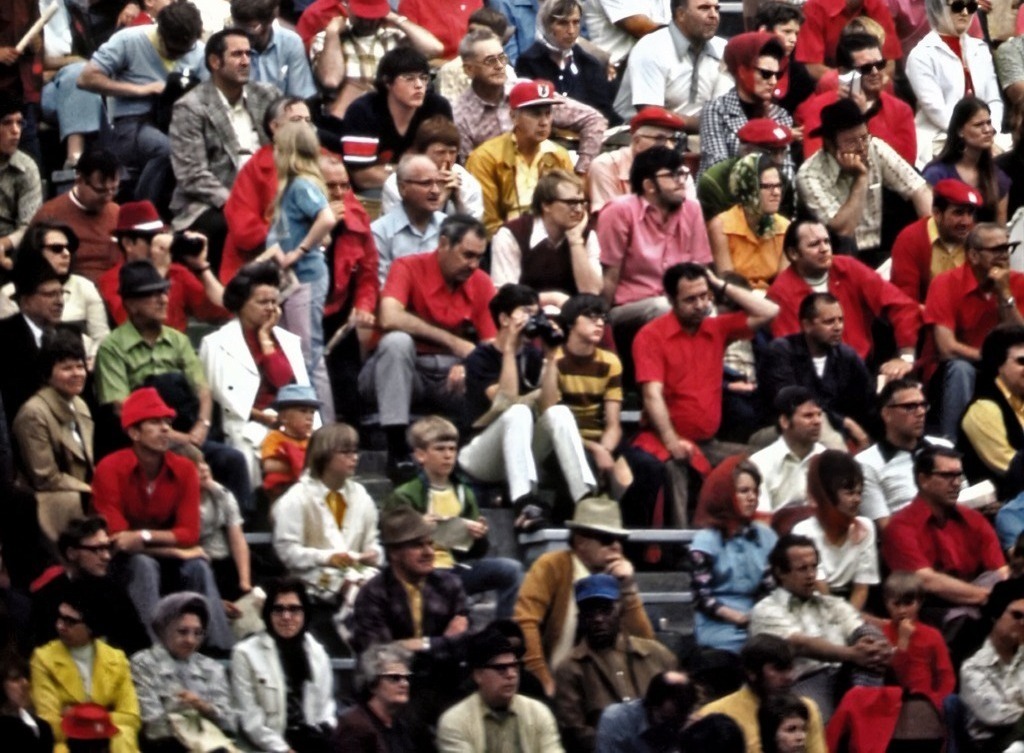In 1992, a British anthropologist made a bold claim: the ideal size of a human social network is 150.
Robin Dunbar didn’t pull this number out of a hat. Dunbar, who specializes in primate behavior, had found that a brain structure called the neocortex 🧠 scales with social complexity in apes and monkeys. Bigger neocortex, bigger social network, he reported.
Applying this principle to people, Dunbar argued that the size of the human neocortex maps to a group size of about 150. In other words, 150 should be the largest number at which a person can maintain stable social relationships. 🤝
So, 30 years later, is Dunbar correct?
Mathing the math
“Dunbar’s number” does appear throughout history. For thousands of years, armies have been arranged in companies of roughly 150. The average group size in modern hunter-gatherer cultures is 148. And the typical British Christmas card network has been found to consist of 150 people.
But newer research casts doubt on the idea that Dunbar’s number is a constant for everyone, all the time. Using Dunbar’s same methods with better data, a different research team found in 2021 that there’s a lot of variance in social network size. 📊
The mean social network, they said, comprises 69 people. And that average exists within a wide confidence range of 5 to 292. With a range that big, it’s hard to pin down 📍 a headline number (like, say, 150).
Also worth noting: how the overall average is well under the middle of the range. This suggests that most people have relatively small social networks. What skews the range upward are a handful of people with huge networks.
If you don’t have a network of 150, then, you have nothing to worry about. It’s extremely normal to prefer keeping your circle a little smaller.
Consider the rule of three
Dunbar’s “number” only tells part of the story, in any case. One hundred and fifty is just a kind of starting point for our most meaningful relationships: a measure of our acquaintances, maybe, but not of the people we truly care about.
For these close-in relationships, it’s been shown that there is a rule of three in play. In other words, if a person has an acquaintance pool of 150, they can be expected to have approximately 50 friends 🙂, a social circle numbering about 15 ☺️, and a support group of roughly 5 🥰.
The rule might work in the other direction, too. LinkedIn, for example, has a connection cap of 500.
Even if the numbers don’t match up for you — maybe you have just 1 or 2 people in your immediate support group — concentric social circles are a basic feature of human society. There’s a handful of people you’re very close to, a larger number you consider friends, and a still larger set you’d call acquaintances.
How relationships shape illumy
This principle shaped how we think about relationships on illumy. When you make someone an illumy connection, you label them Acquaintance, Friend, or Best Friend. These permission levels then determine what they can see 👀 within your illumy profile.
For example, you might set your home address to be visible to Best Friends, your birthday to Friends, and your favorite sports teams to Acquaintances. Don’t want your profile details to be seen by anyone? You can either set your profile field permissions to “Only Me” or leave those fields blank ⚪️.
Connection management is just one of the ways that illumy makes it easy to engage with your social network(s). On illumy, you can create new groups consisting of other illumy users, non-illumy email addresses, or both. And because our group chats will support up to 1,000 users, your network can find a home on illumy — no matter how big or small it might be.
Photo by Documerica on Unsplash.


